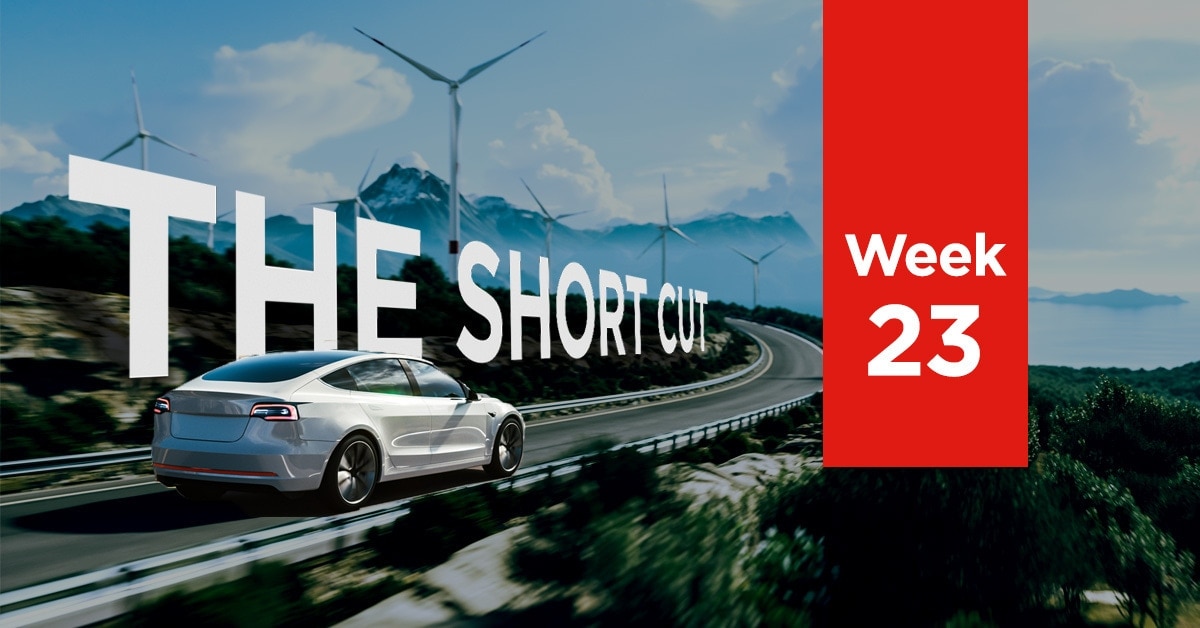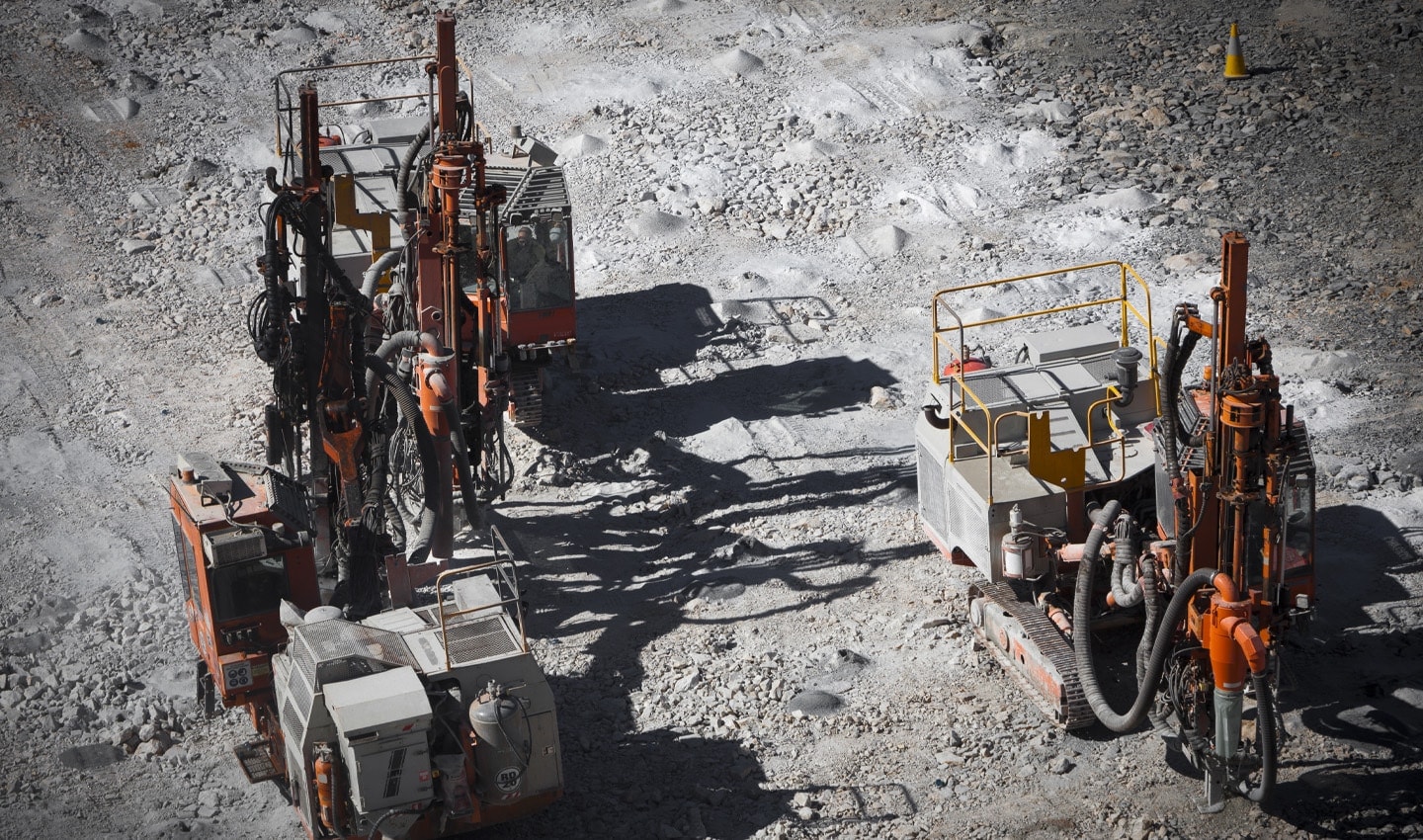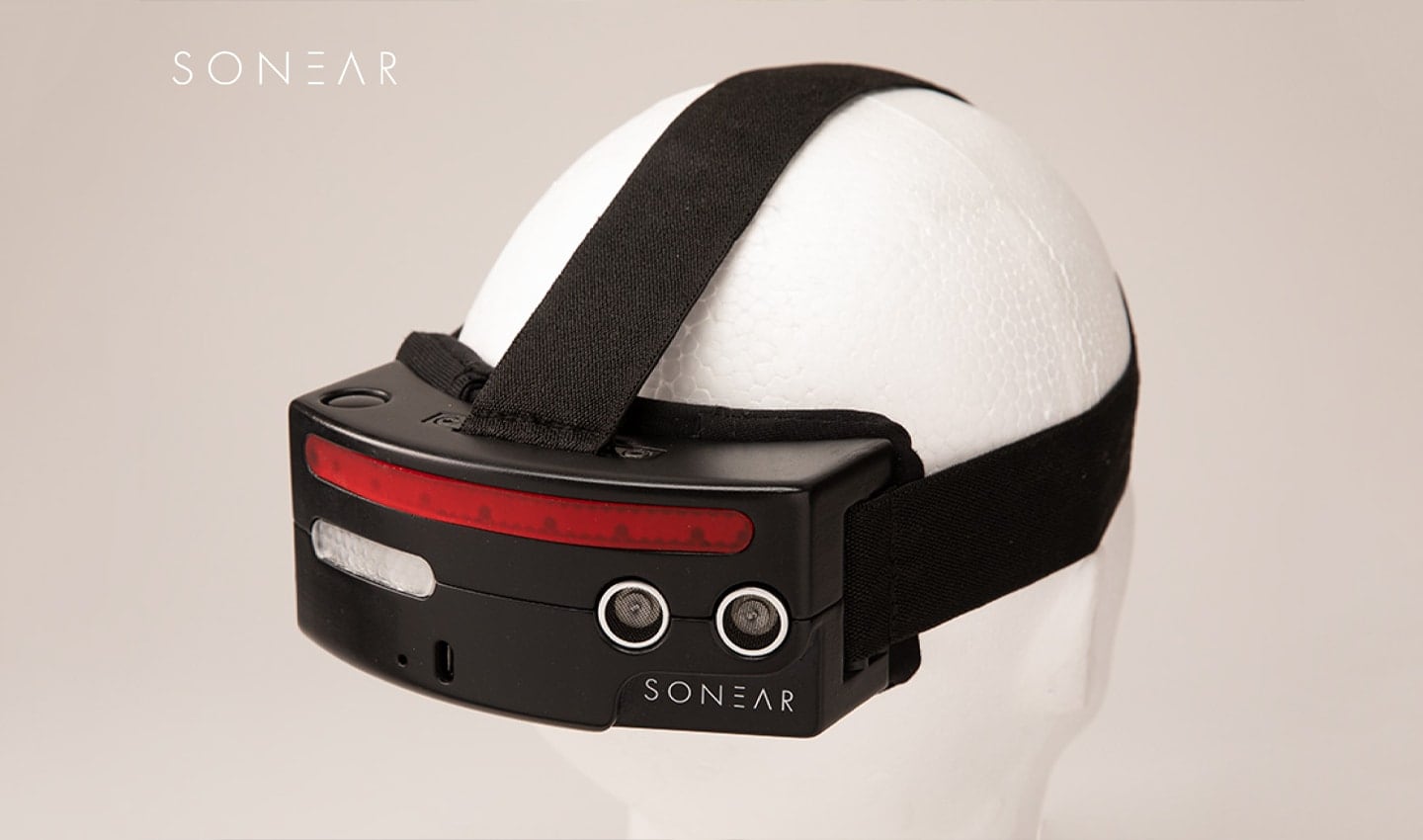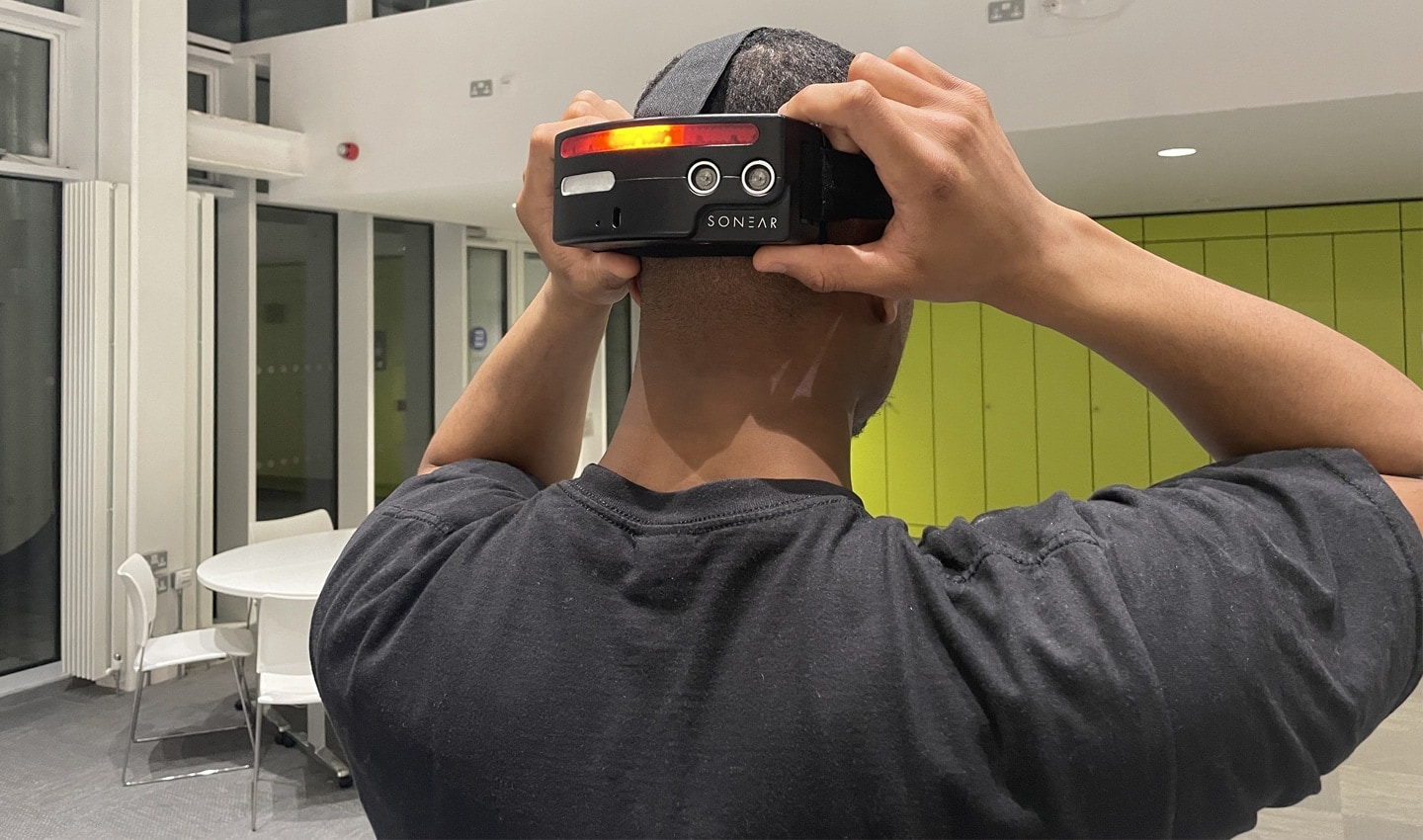
Another week, another Short Cut of the week’s news! Are you ready to dive in? We’ve got some great reads, including news about probes into Chinese EV makers, Toyota’s new smart home charging system and a device that will let deaf cyclists “feel” traffic.
Probe into Chinese EV manufacturer BYD turns up the pressure
Chinese EV manufacturer BYD is currently under investigation by local authorities after it was accused of using harmful paints in its Changsha plant, the Financial Times reports. Workers and residents reported symptoms such as vomiting, nosebleeds and breathing problems. Residents living near the plant measured volatile organic compound (VOC) emissions in the air and claimed to find higher levels than national standards allow.
The probe is the latest setback for China’s auto industry. Many carmakers from the Asian country are hindered by supply chain and production issues caused by the pandemic. BYD though, seemed relatively immune to the production problems that stalled other factories for months – but this recent investigation sees its luck has run out, as a partial production halt has been ordered.
BYD was ordered by local authorities last year to improve its paint coating production and fix its high levels of VOC. Its Shenzhen plant also received complaints over high VOC emissions. The investigation threatens to spotlight the pollution concerns with EV manufacturing yet again.
Toyota lights up the EV industry with smart home charging system
Toyota has created a smart home charging system, called the O-Uchi Kyuden System — catchy. A bidirectional vehicle-to-home charger, it provides off-peak electricity and support for domestic solar power systems alongside EV charging.
By using an EV capable of bidirectional power, homeowners can call on their EV’s energy in case of a power outage.
According to Electrive, Toyota’s system is going to compete with Tesla Powerwall, an integrated battery system that can store energy from solar panels. Other automakers such as Nissan and BMW have also created EV battery pack systems to be used as extra energy storage.
Investments come and go, but minerals are forever? Maybe not
Investments in EV materials are looking a little dicey. Or rather, it seems that some funds have rolled the dice and don’t like the outcome.

Mineral mining is vital to make EV batteries. If you want an insight into how the EV market is doing, take a look at how the mineral mining industry is doing.
Elliot Management is currently suing the London Metal Exchange for $456 million, due to the cancellation of trades as a result of Russia’s invasion of Ukraine. The losses seen by Elliot Management reflect the roller-coaster that investment in EV materials presents. Supply shortages and a disconnect between the physical and financial market provide unstable footing.
The Wall Street Journal explores the ways in which EV materials are presenting a unique investment and a risky one as well.
Solid Power begins pilot production on improved battery
Battery startup Solid Power has started pilot production on a solid-state battery cell that claims to offer a longer range for EVs, as well as a shorter charging time, CNBC reports. The startup, backed by BMW and Ford, says its batteries can be produced in the same factories that make lithium-ion batteries, giving it a unique advantage over other alternatives.
Solid-state batteries lack the liquid or gel electrolyte typically used in lithium-ion batteries. This may have the potential to give EVs a longer range – as well as reduce the risk of fire. However, solid-state batteries haven’t been used successfully in an EV yet.
Solid Power’s battery is one of many efforts currently trying to capture the elusive solid-state battery market. But with production already beginning, and internal testing to follow, perhaps Solid Power’s battery will prove to be….a solid choice?
This device lets deaf cyclists ‘feel’ traffic
Brunel Design School has revealed a new device that will help deaf cyclists be aware of traffic. It’s created by student Divine Okoroji, who was born deaf in one ear. The head mounted device uses ultrasonic sensors to monitor traffic, which then uses vibrations directed at the back of the head to let the cyclist know how close the vehicle is. As the car gets closer, the vibration increases.

The Sonear is worn on the back of the cyclist’s head and watches out for approaching traffic. Credit: Brunel University
Called Sonear, the device bridges a gap in the market, as a typical option to help those who are hard of hearing – hearing aids – aren’t as effective when subjected to wind noise. Okoroji hopes that Sonear will open avenues for deaf and hard of hearing people, allowing them other options besides using public transport or driving themselves.

As vehicles approach the cyclist, the Sonear vibrates with increasing intensity to tell the rider traffic is approaching. Credit: Brunel University
People also read
)
How Melissa Data is getting locations right
)
TomTom AmiGO launches a special mode for deaf drivers
)
Meet the devs that coded their way out of the coronavirus chip shortage
* Required field. By submitting your contact details to TomTom, you agree that we can contact you about marketing offers, newsletters, or to invite you to webinars and events. We could further personalize the content that you receive via cookies. You can unsubscribe at any time by the link included in our emails. Review our privacy policy. You can also browse our newsletter archive here.
)